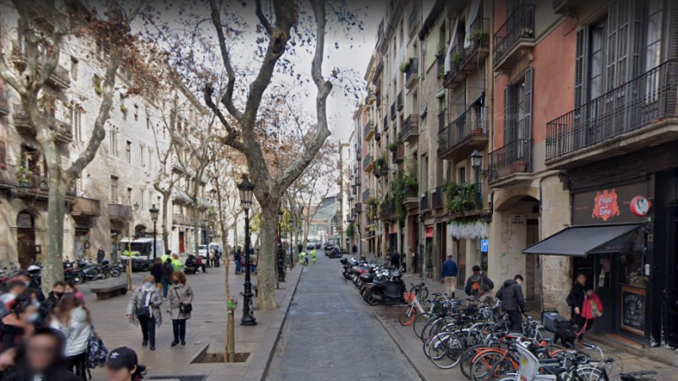
Barcelona, Spain is an old — very old — sea town, with enchanting tight, narrow streets that weave like a spider’s web through the old part of town which dates back to the 1400’s and is called The Gothic Quarter.
Barcelona has a long, rich history — full of wars and sackings — it being an important sea town. It was formed by the Romans, in 15 BC, and conquered by the Visigoths in the early 5th century.
Today, Barcelona is the capital of Catalonia — an autonomous community within Spain.
You can read about its rich history on Wikipedia. If you have plans to visit Barcelona, a quick read beforehand will probably enrich your trip.
I wish I had. I was thrust into Barcelona for a work conference and had little time to prepare for the trip, but ignorantly plowed forth non the less.
1. Catalania and Catalans
That bit above — about Barcelona being the capital of the autonomous region called Catalonia — is a big point. The Catalonia region is situated by the Pyrenees Mountains and is known for the lively beach resorts of Costa Brava.
It is important to know where you are in the world when you embark on a journey. Sometimes, with work trips, you can barrel into a location with only kind of a general idea where you are in the world — but should really do a quick check on a map to get the 50,000 foot view.
For me I thought Barcelona was due south of Madrid, by the Mediterranean. But as the map below clearly shows, it is actually North of Madrid! I would have bet money it was where Almeria is.
Another zoomed view on the map (below) brings this closer to home. You can see the map automatically shows the Catalonia region around Barcelona. Don’t be confused by Andorra — it is actually another country that is so small you can’t quite see its borders in the map.
The Catalans consider themselves an independent people from the Spanish, and in 2017 the Catalan Parliament unilaterally declared independence following a referendum. The Spanish government declared the referendum unconstitutional, removed the Catalan government, and imprisoned seven ministers of the Catalan government on charges of rebellion, while several others—including then-President Carles Puigdemont—fled to other European countries. The imprisoned were pardoned by the Spanish government in 2021.
So you can imagine.
The Catalans speak their own dialect that is far enough from Spanish to be considered its own language, and they have a rich history in art, music, and poetry.
This was brought out in the delightfully funny Woody Allen comedy “Vicky, Christina, Barcelona” which came out in 2008. I didn’t happen to see this movie until after I visited Barcelona, but it — along with the Wikipedia page — is another must-see before you visit Barcelona. In the movie, the character Vicky is studying for a Masters in Catalan identity, after which she’ll be “teaching or curating” — Woody with his inside jokes. Vicky is taken with the works of works of Goudi and Meroux. More on that later.
2. The Antenna Towers & Tibidabo Mountain
The first thing you will probably notice in Barcelona are the two massive antenna towers up on the mountain above the city which seem to be sentinels overlooking over everything that goes on. They dominate the skyline. The first has a name and a wikipedia page: Torre de Collserola (picture below). This antenna tower was designed by architect Sir Norman Foster and by the Spanish civil engineers Julio Martínez Calzón and Manuel Julià Vilardell, and put up in 1991 on the Tibidabo mountain in the Serra de Collserola, in Barcelona, Catalonia, Spain.
Tibidabo mountain also has an amusement park and is a destination that is recommended by travel sites. You can get there on the Blue tram. There is a big rollercoaster there that provides magnificent views of the city, the mountains around Barcelona, and the sea. One of the travel guides recommends enjoying the views over a gin and tonic on the terrace of Mirablau Bar, which is right near the Blue Tram stop. Here is a guide to Tibadabo Mountain.
The Second Antenna Tower
There is another huge antenna tower that dominates the skyline looking Northeast in Barcelona — it is not a tourist attraction — it is simply a big microwave tower.
3. The Gothic Quarter
The highlight of Barcelona is walking through the winding, narrow streets of its Gothic Quarter. You are warned beforehand to watch out for pick pockets — which these streets are known for.
There are 5 streets that are highlighted in travel guides — tagged with orange circles in the map below and pictured and described below that — Barcelona’s Gothic Quarter.
- Carrer dels Tallers — The 700-year-old street with medieval charm, cobblestoned sidewalks and quaint restaurants is one of the oldest streets in the city. There are plenty of vintage shops selling goods ranging from military memorabilia to records and second-hand clothing.
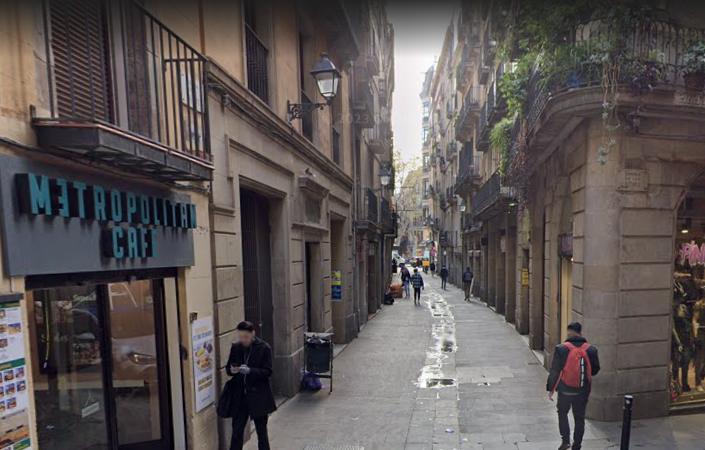
- Carrer del Bisbe — is a narrow lane near the gothic Cathedral of Barcelona. It is lined with examples of medieval architecture.
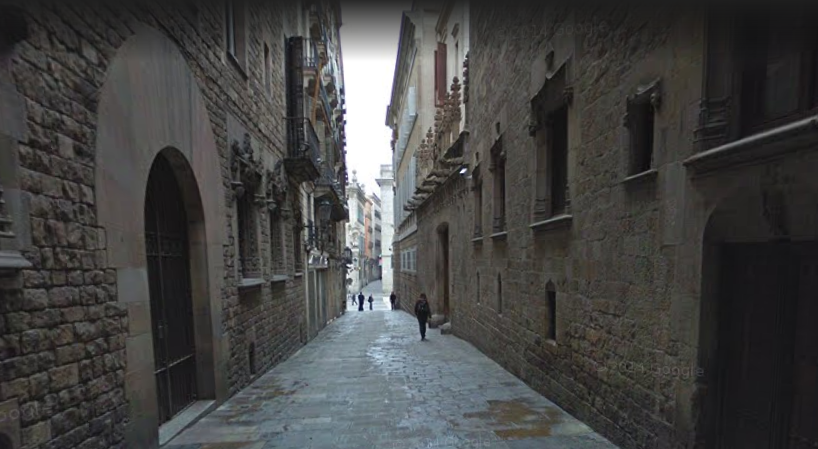
- Passeig del Born — another medieval street — these days filled with cafes, nighclubs and trendy bars. It is a hub for artists.
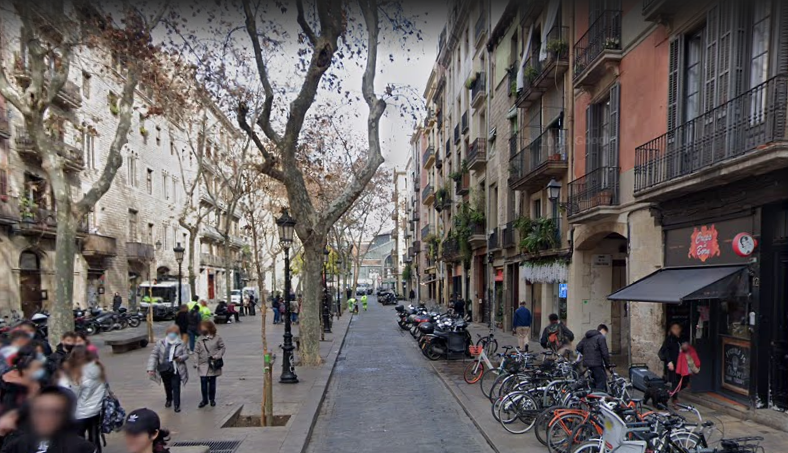
- Carrer de Petritxol — a 500-year-old lane that is only 10 feet wide but has lots of people and lots of cafes — including hot-chocolate cafes called granjas, small eateries (bistros), and art galleries. A recommended dish is a mug of hot chocolate combined with fresh churros.
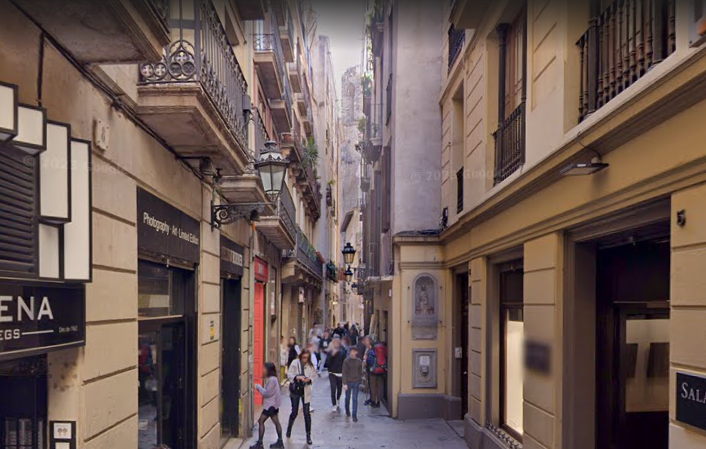
- Calle Montcada Baroque — a wealthy street filled with upscale Renaissance buildings, baroque and Gothic-style palaces, art galleries, and flamenco shows. It was once where nobles and the wealthy lived. You will find the Picasso Museum on this street.
- Carrer dels Mirallers — A narrow lane with cafés, bars, restaurants, and artisan shops. Use this street to get to the Basilica of Santa Maria del Mar, a Gothic church built in the 14th century. Note: church is closed in the afternoon; see it in morning or evening.
There are other streets amongst the ‘famous 5’ — as I was walking around I took pictures of the Gothic Quarter, not knowing exactly what street I was on.
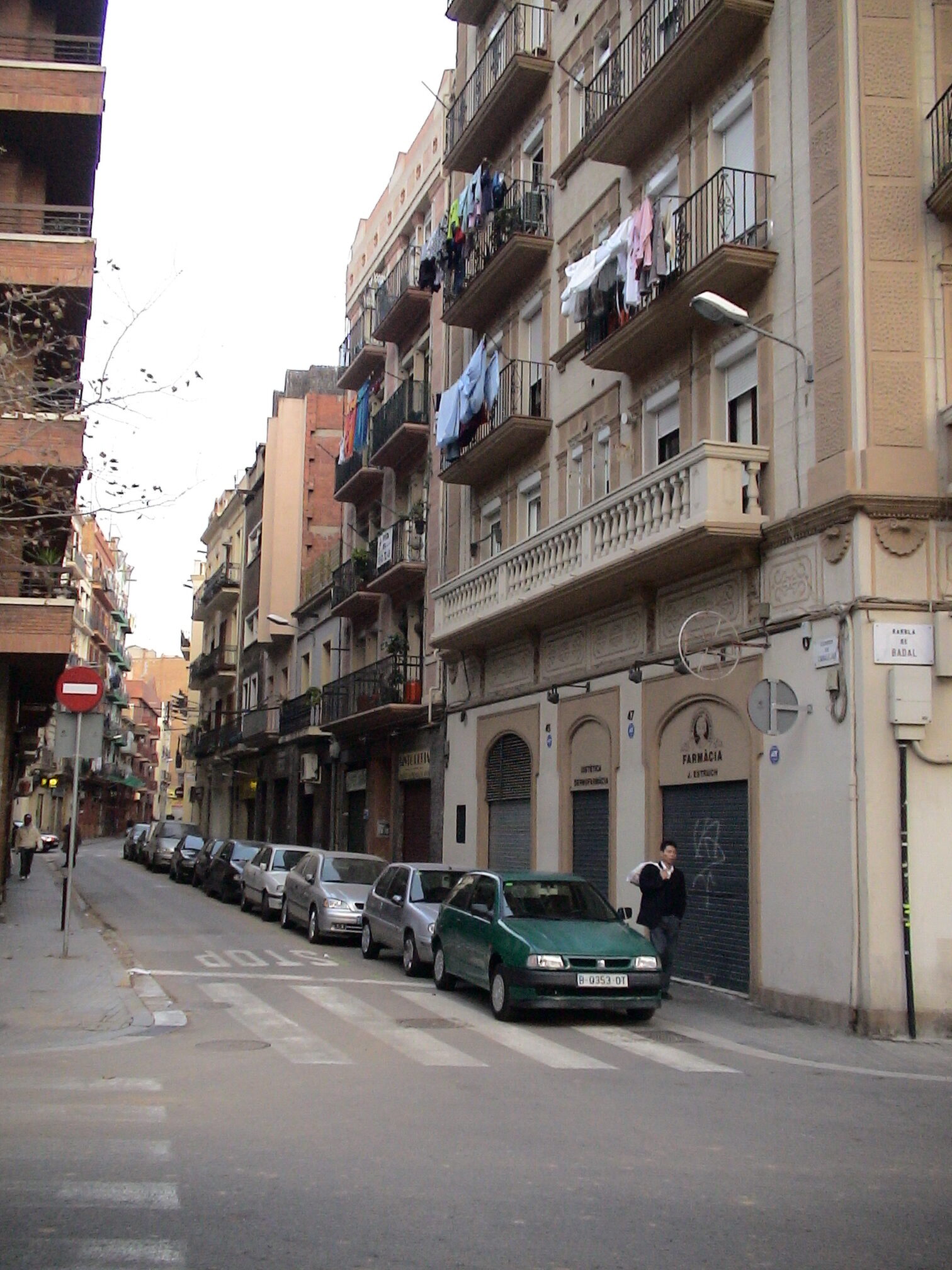
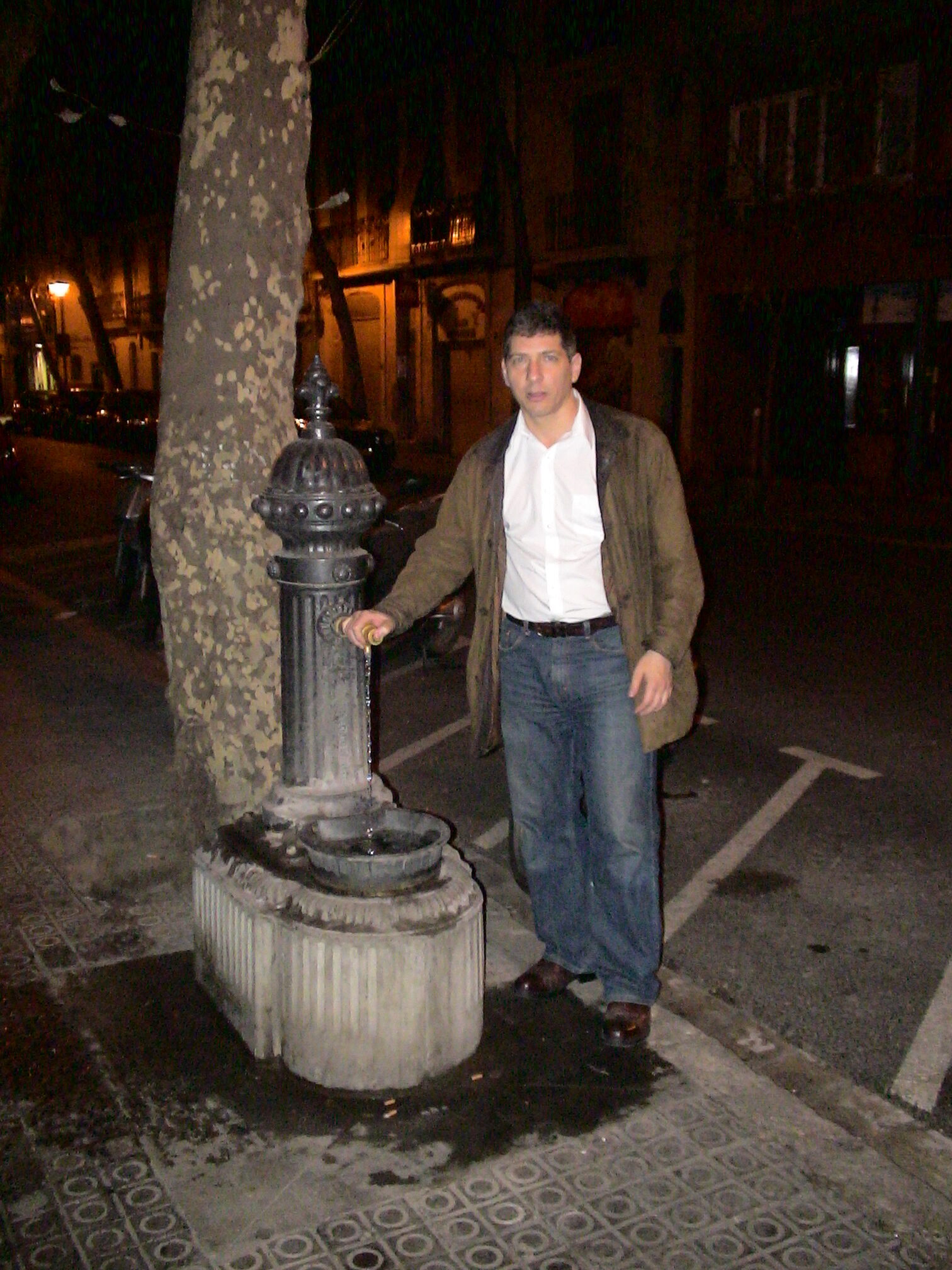
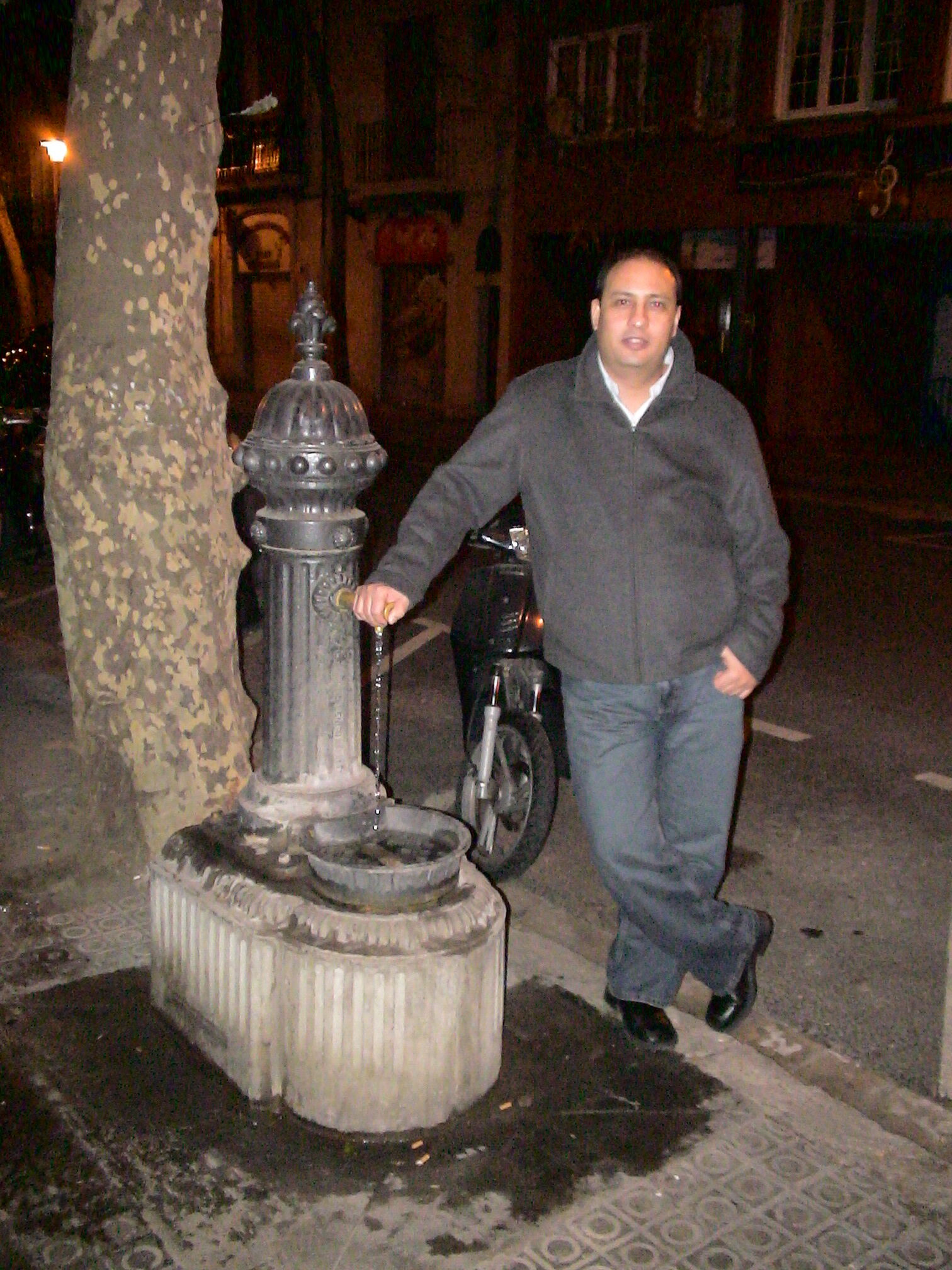
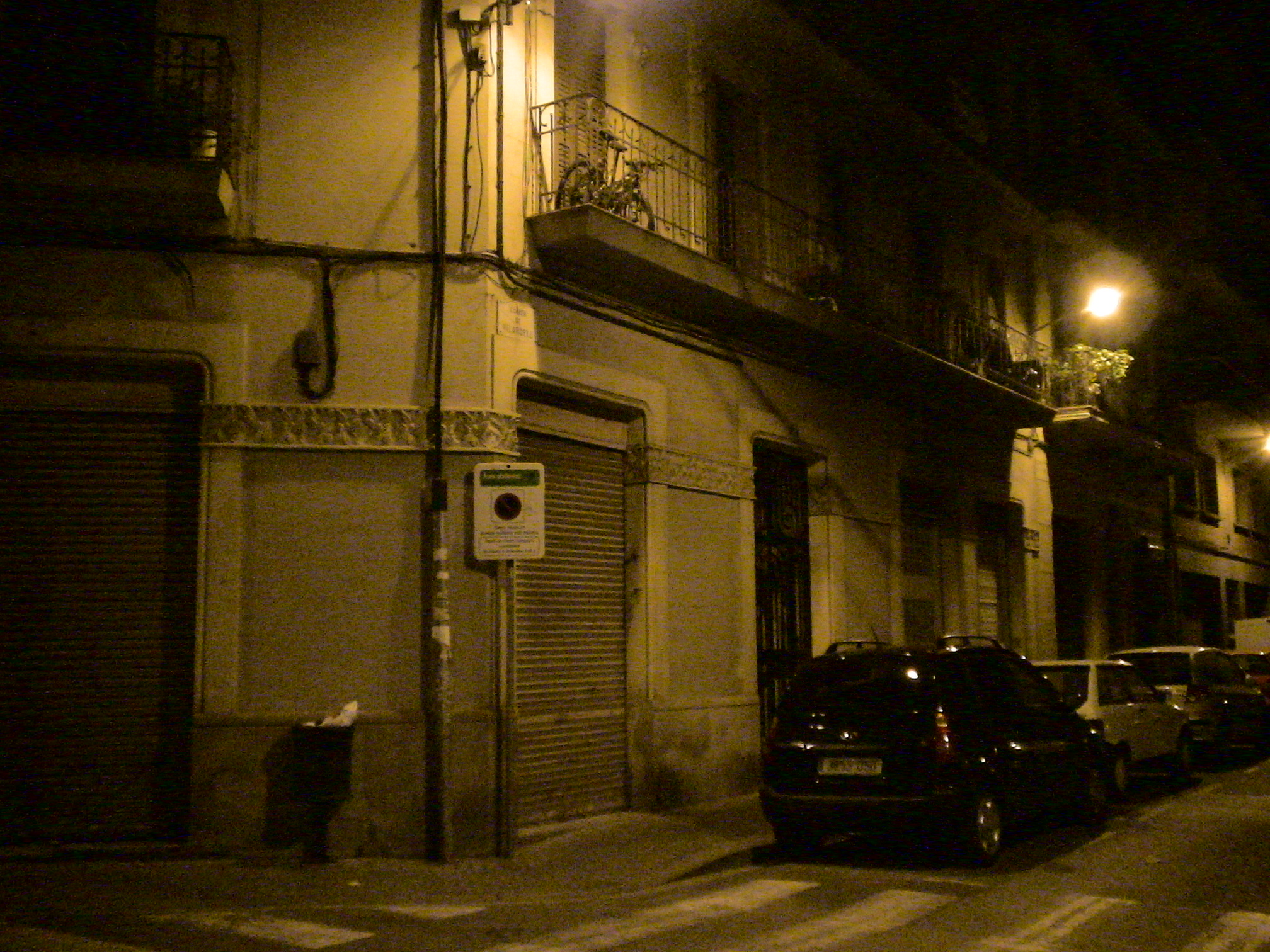
4. La Rambla
Which brings us to Barcelona’s most famous and well-attended street — La Rambla. It is a one-mile long pedestrian boulevard with lots of shops, eateries, markets, and people. Lots of people; especially during tourist seasons. It has been described as “pickpockets for a mile.” But also, Wikipedia says that the Spanish poet Federico García Lorca once said that La Rambla was “the only street in the world which I wish would never end.”
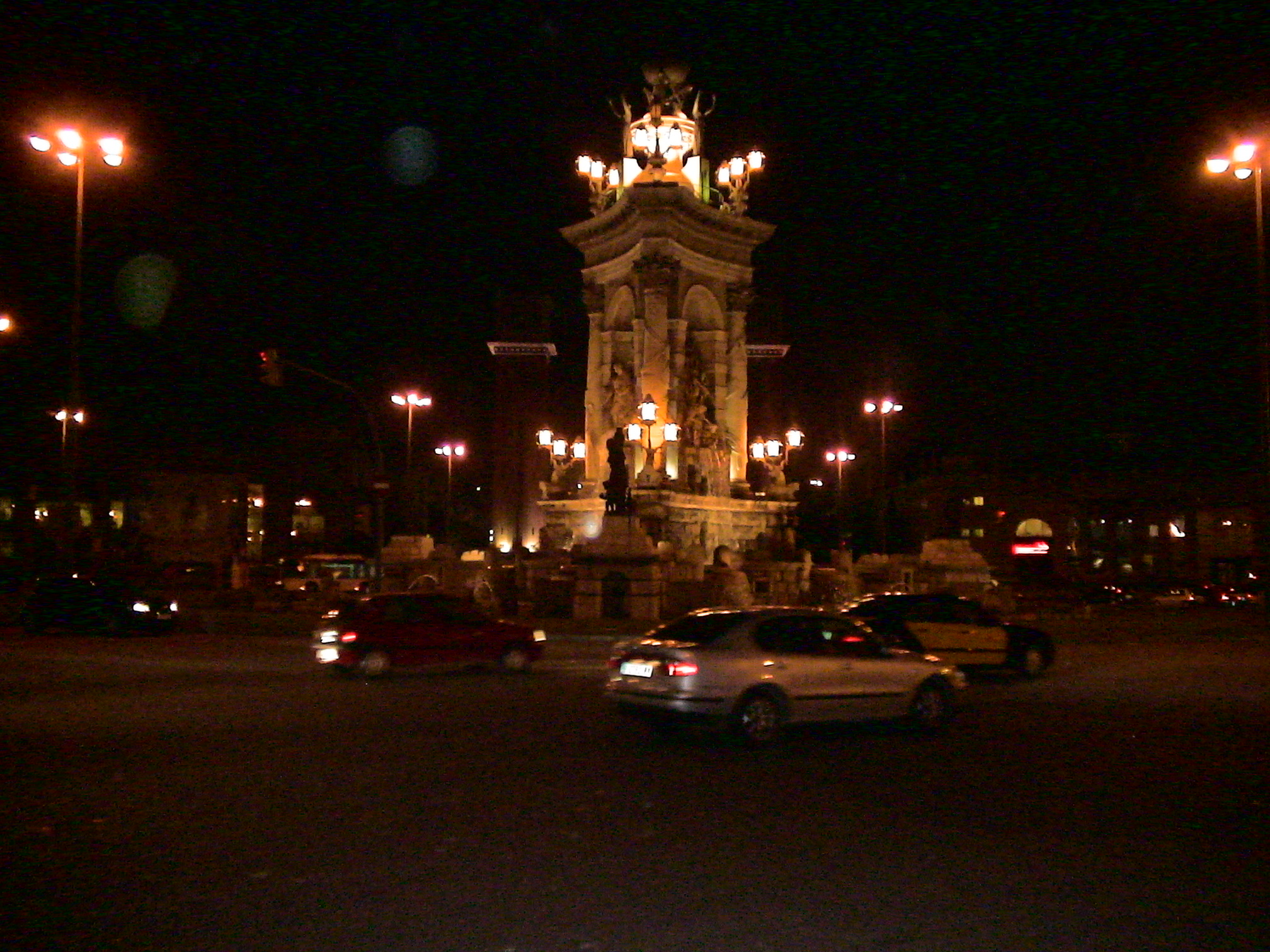
5. Spanish Guitar
Of course if you are in Barcelona, you may want to hear some Spanish guitar or Flamenco guitar. There are performances in clubs, and there are also street buskers — although I didn’t see any in the few hours I was able to ramble the streets when work was done.
Here are some street performers playing Spanish guitar from youtube:
In the Woody Allen movie “Vicky, Cristina, Barcelona”, Vicky is smitten by Spanish guitar.
6. Park Guell
Park Guell is a prominent location in the Woody Allen movie. The character Vicky seeks out “Park Guell that Gaudi had designed and featured prominently in Vicky’s thesis” on Catalan Identity.
Antoni Gaudí (1852-1926) was a famed Catalan architect who designed Park Guell, which is an enormous garden with distinctive architectural elements. The park is named after Eusebi Güell, a rich businessman who had a great passion for Gaudí’s work and became his patron.
Park Guell is on the northern end of Barcelona and offers nice views of the city.
Way beyond that, Park Guell is a beautiful park with tremendous architecture — it is worth a writeup all on its own. Once there you can understand why Woody Allen placed it so prominently in the story to his movie.
7. The Port
If you walk straight south through the Gothic Quarter you get to the water — the Port of Barcelona. There are restaurants and boats there. I walked there one evening — it was fun; there were a lot of people having a lot of fun; parties, etc.
8. The Beaches
Barcelona is on the Mediteranean of course, and it has many great beaches — all of which I was not able to get to in my week-long work trip. The closest, most famous beach is Barceloneta Beach — rated one of the best city beaches in the world.
Then come Sant Sebastià Beach, Nova Icària Beach, Bogatell Beach, Mar Bella Beach, Nova Mar Bella Beach, Llevant Beach, Zona de Banys del Fòrum. The Timeout article above does a nice job summing them up. I wish I could have gotten to the beach. The photos below were taken off Google Earth street view.
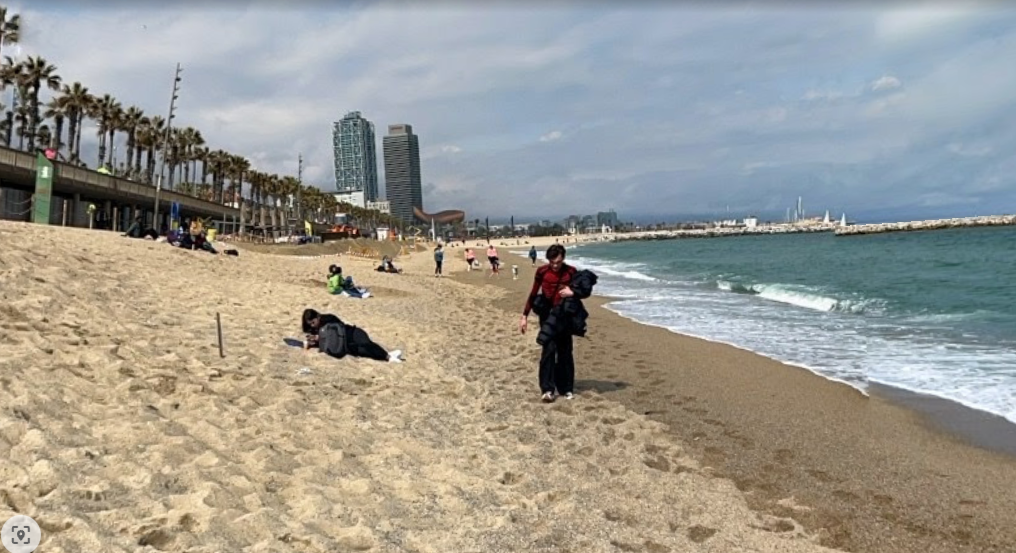
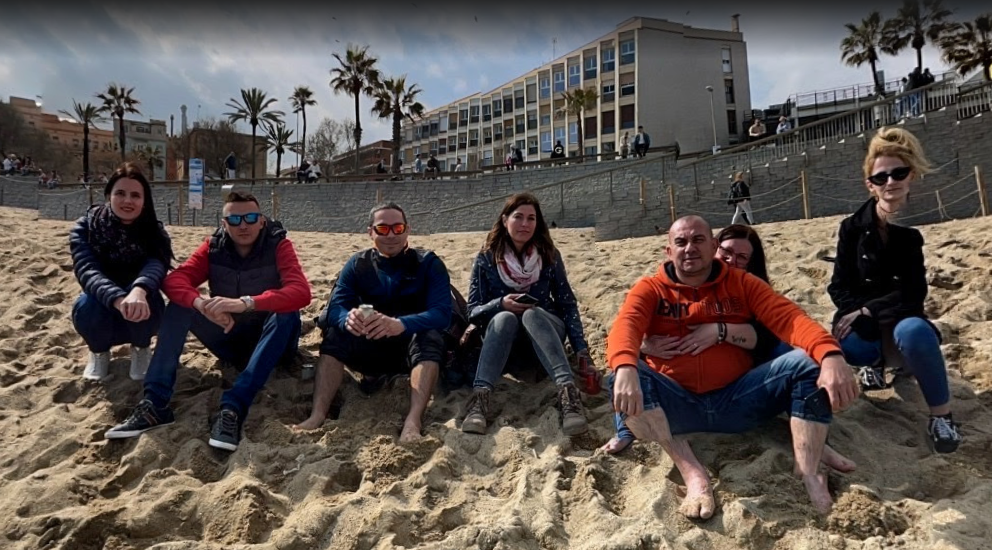
9. Where to Eat
There are many fine restaurants in Barcelona of course, and you can consult Trip Advisor or other sites for references. I gravitated to local Bistros in the Gothic Quarter.
At the one pictured here, Mimoun and I selected what we wanted from selection trays.
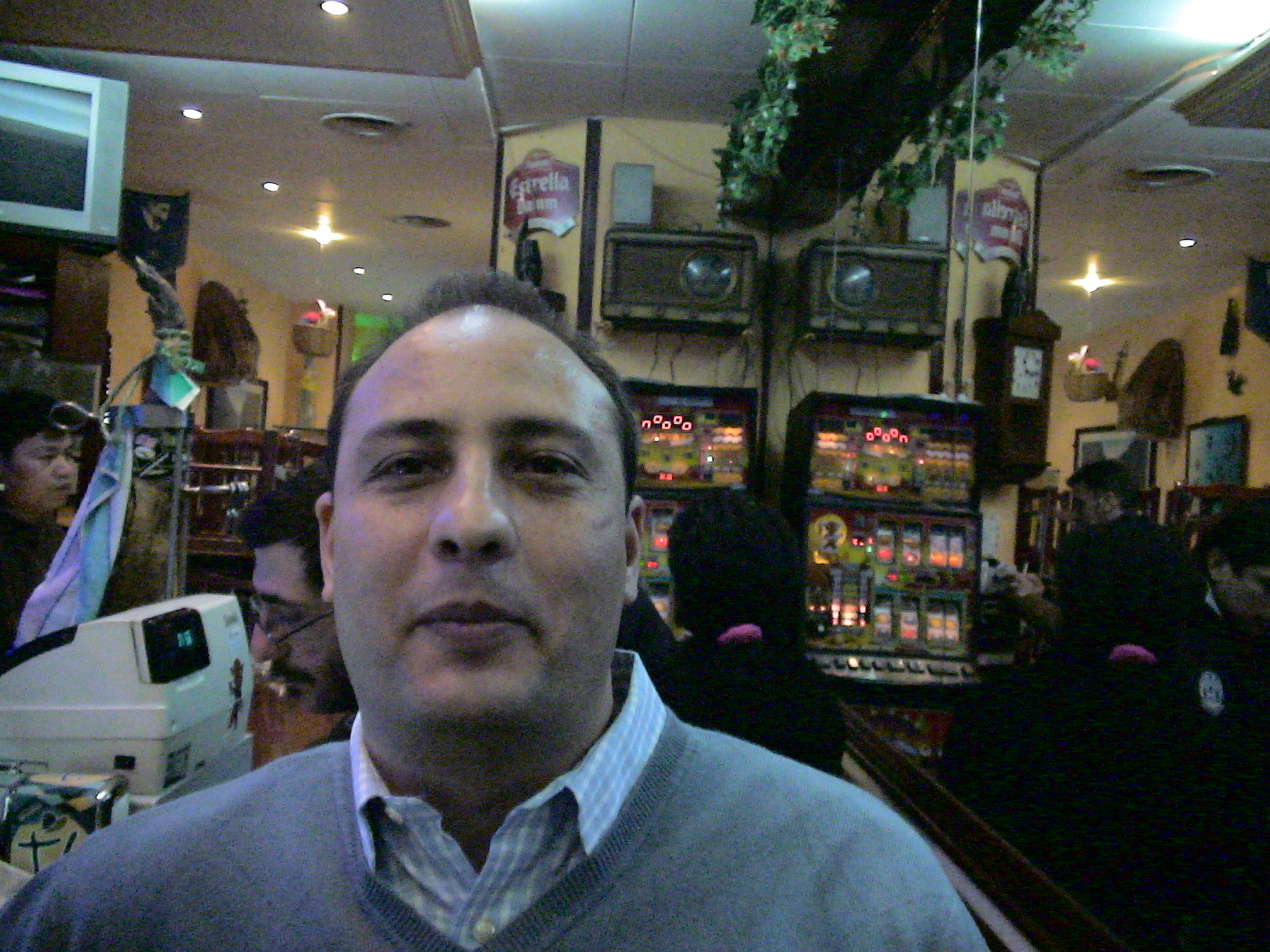
10. Getting Around
Barcelona is a major Metropolitan city with 1.5 million residents and therefore has a Metro subway system, and extensive bus and tram routes. You can also walk — it is a walking city.
11. Where to Stay
I don’t even remember where I stayed — at a hotel that had the internal enablement conference we participated in — so it would be best to consult Expedia or other travel guides.
12. Other Things to Do
- Visit the Parc kel Laberint d”Horta — features a labyrinth of bushes to try and navigate through!
- Visit the Catedral de Barcelona — located in the Gothic Quarter. Known for its beautiful architecture.
- Visit the Picasso Museum — located in the Gothic Quarter, the Picasso Museum does not have any of his most famous paintings. Instead, it has a series of postcards he sent, which end up detailing in chronological order how he moved from a classically trained painter to a Cubist pioneer. It also has some non-painting things that he did, such as ceramics.
- Take in an Opera at Gran Teatre del Liceu.
- Visit Mirador Torre Glòries — a modern gleaming, iridescent skyscraper that pierces the cityscape. It is 470 feet tall and opened in 2005.
- See a Soccer game — Barcelona has a famous soccer team: FC Barcelona. They play their games at Camp Nou.
- Fly to Oviedo — in the movie mentioned numerous times in this article, “Vicky, Christina, Barcelona” — the Catalan painter Juan Antonio flies the girls to Oviedo at the beginning of the movie. Oviedo is in the Northern part of Spain — the other side of the country. It is there were the old lighthouse at Aviles is located, also featured in the movie. So you can’t walk there from Barcelona.

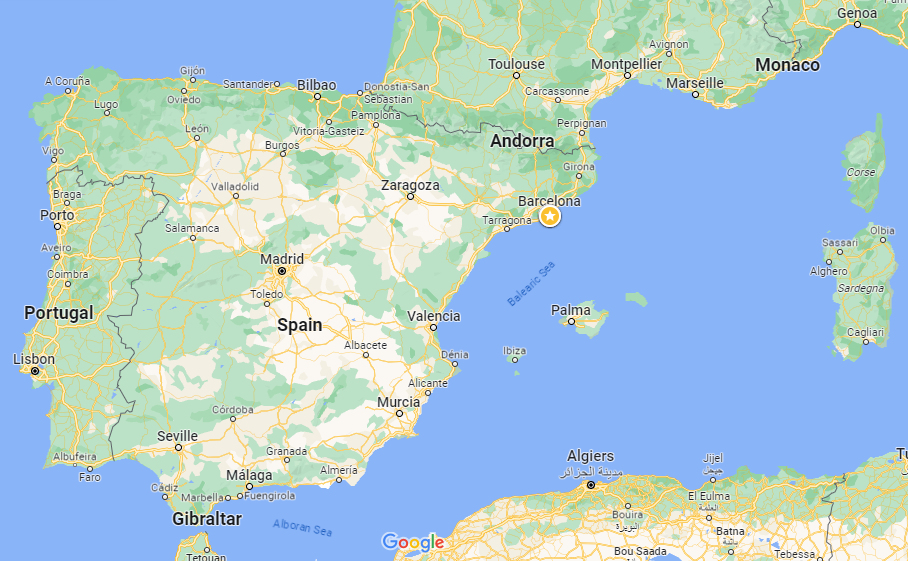
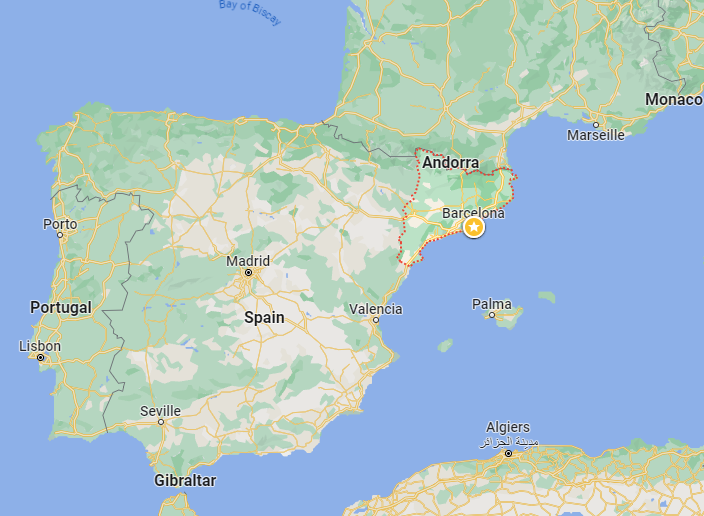
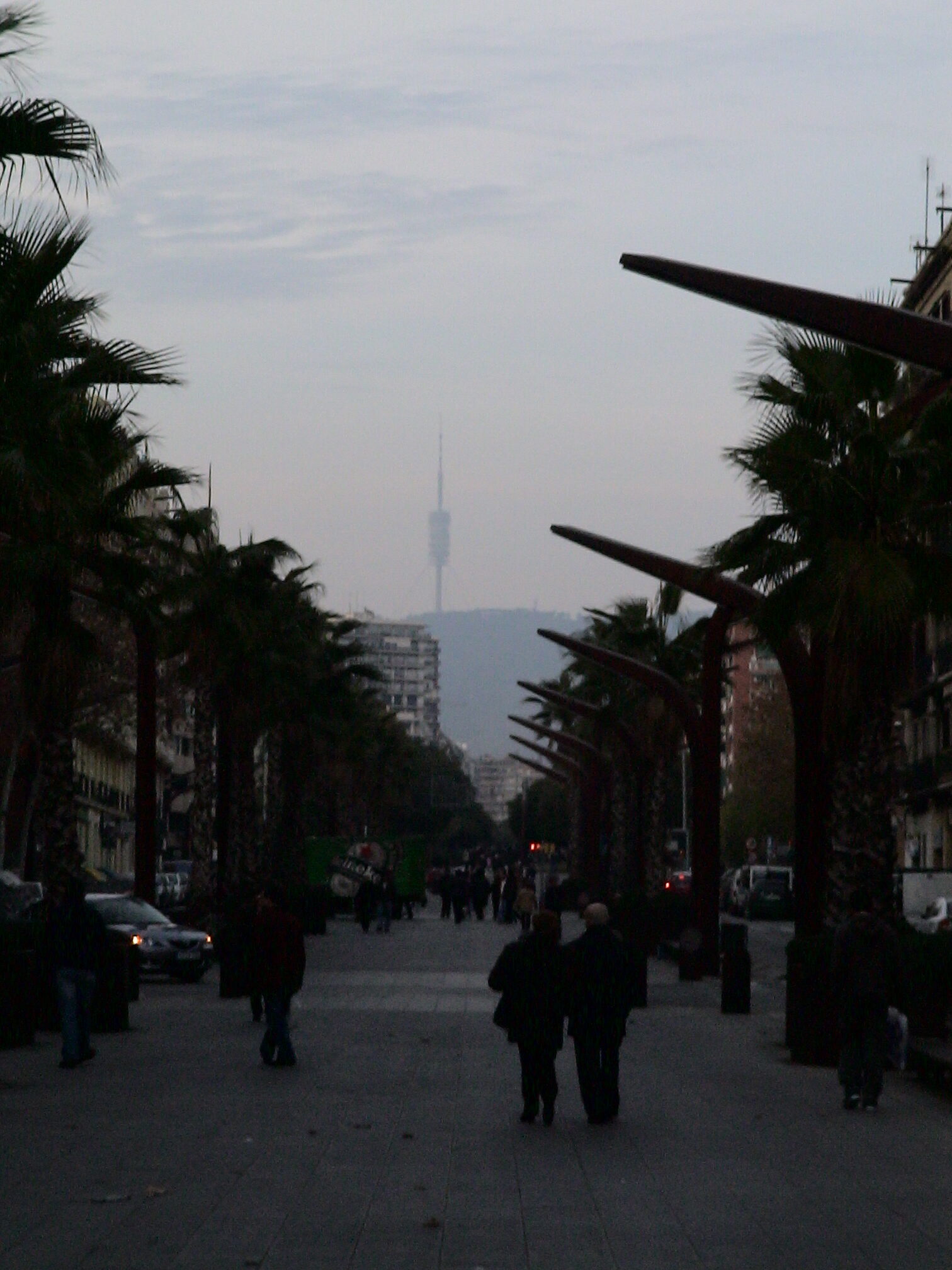
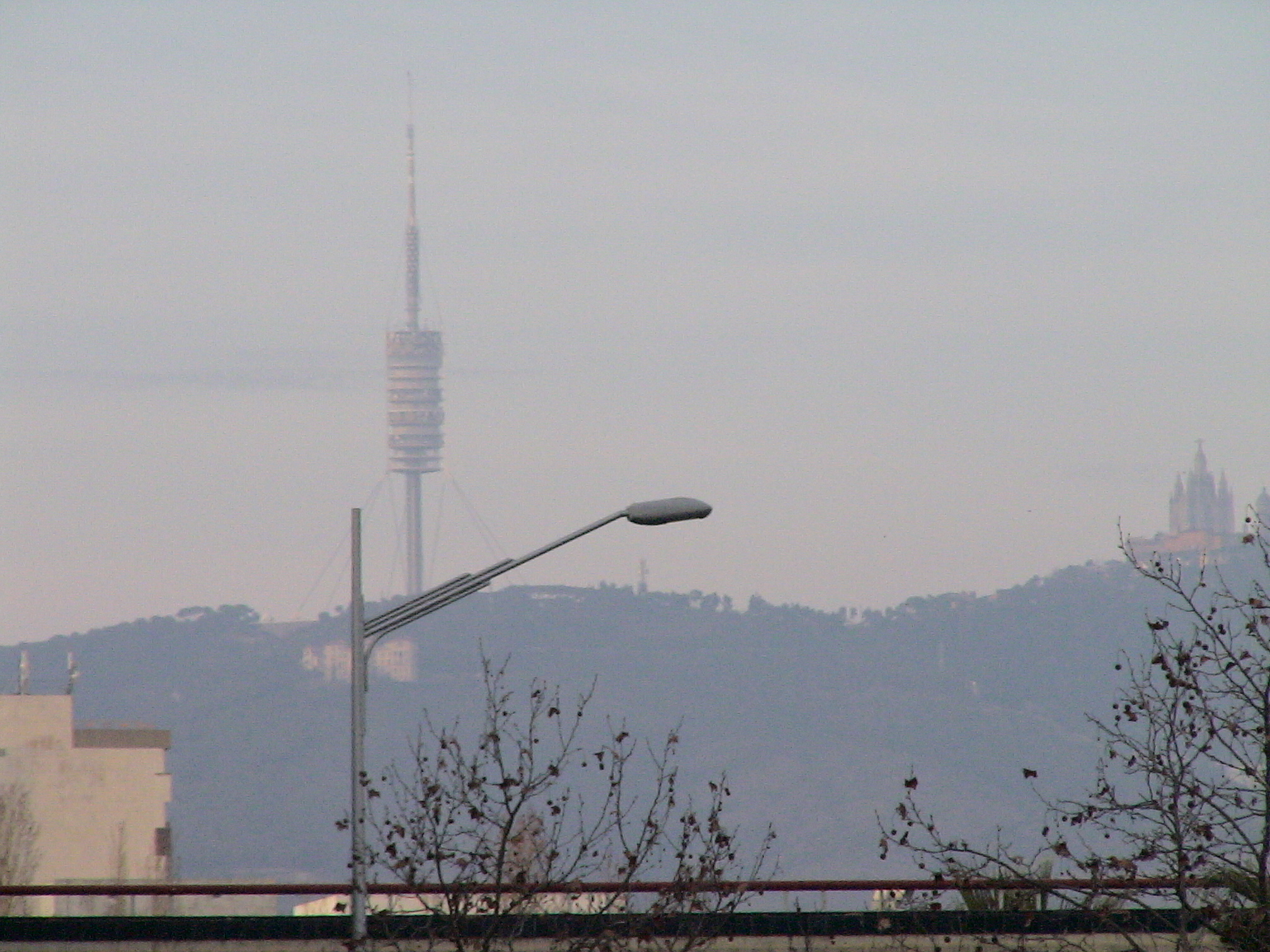
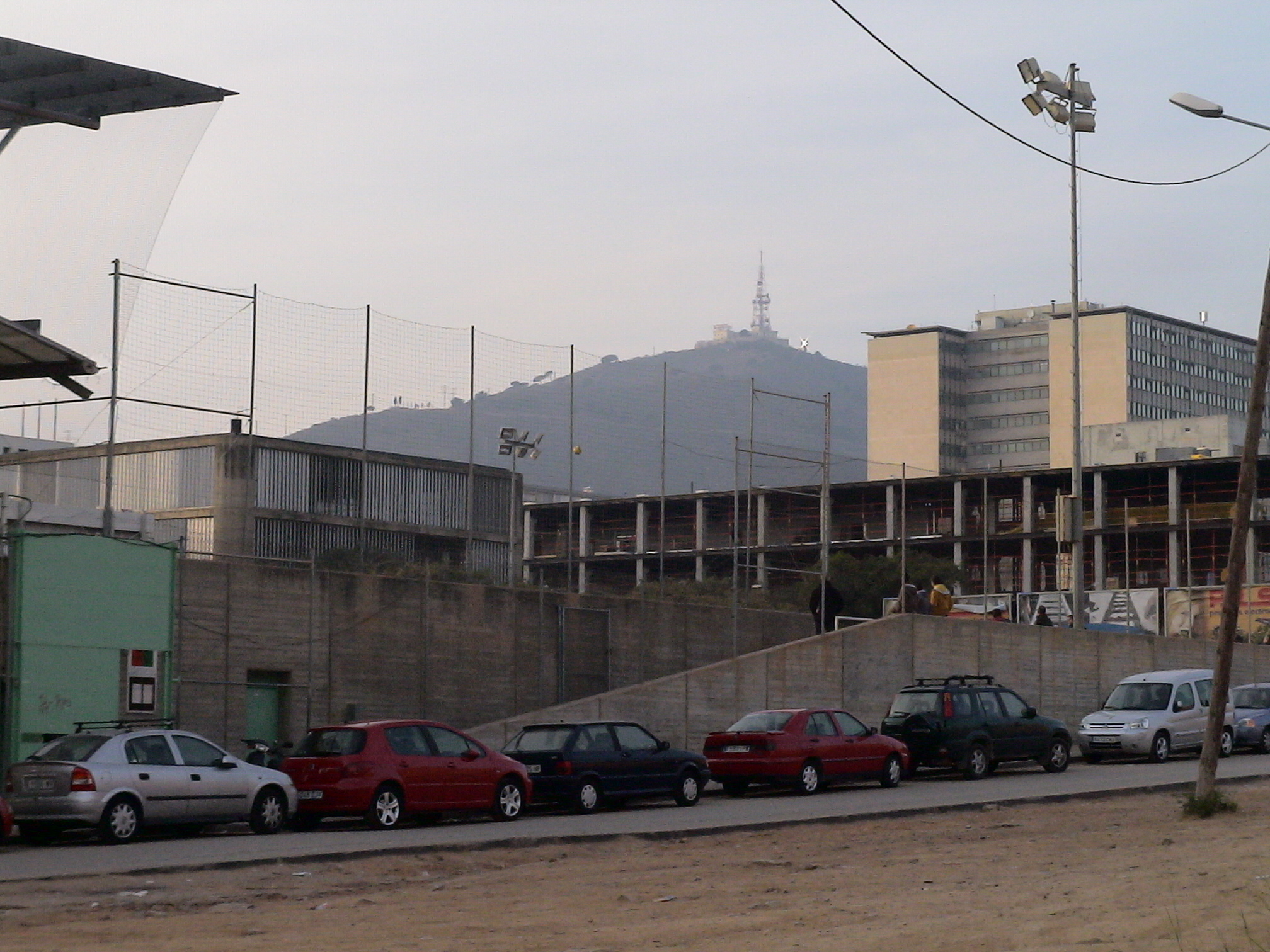

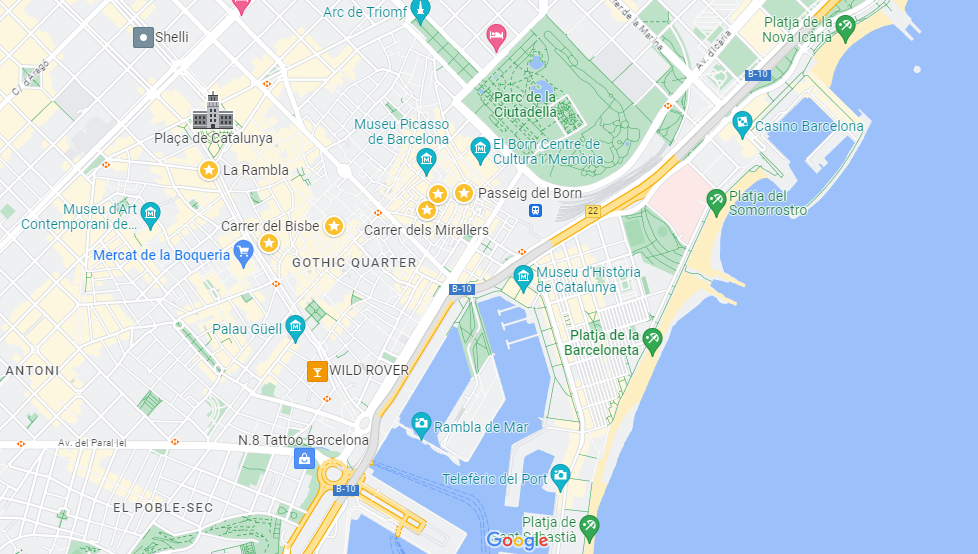
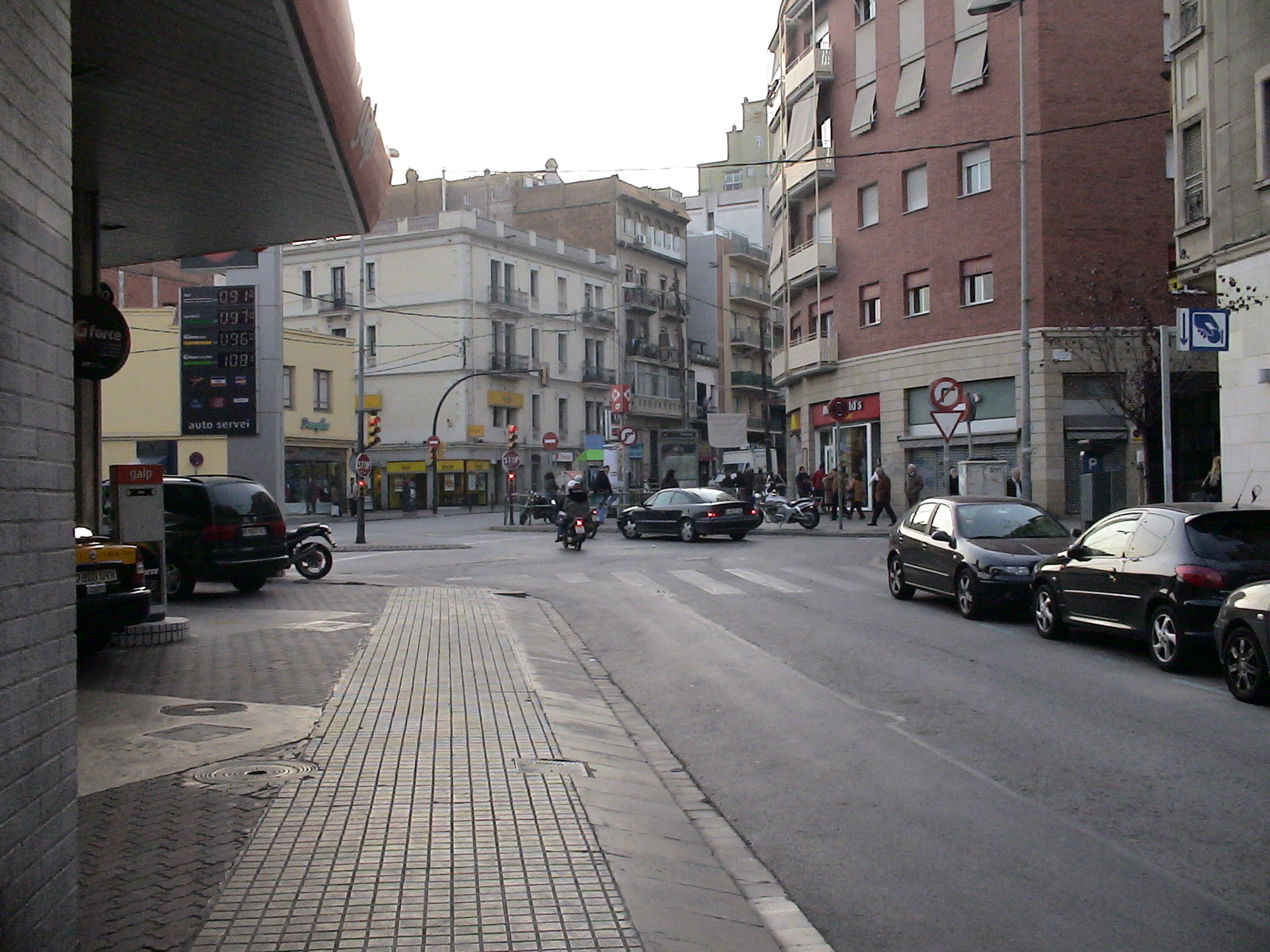

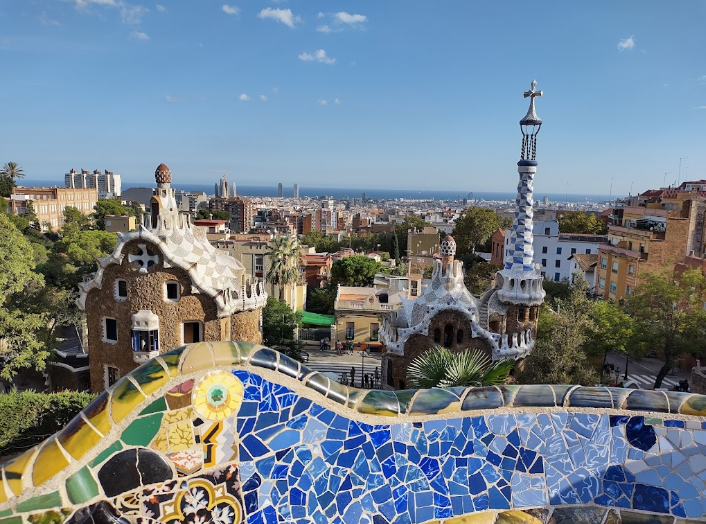
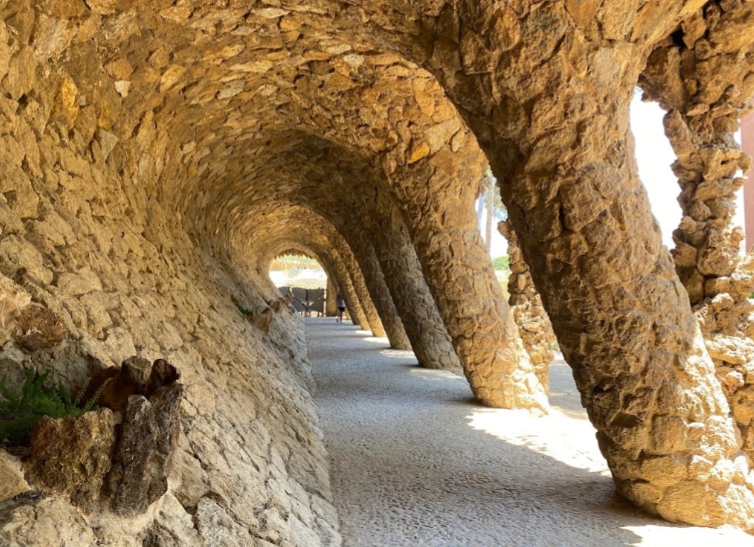
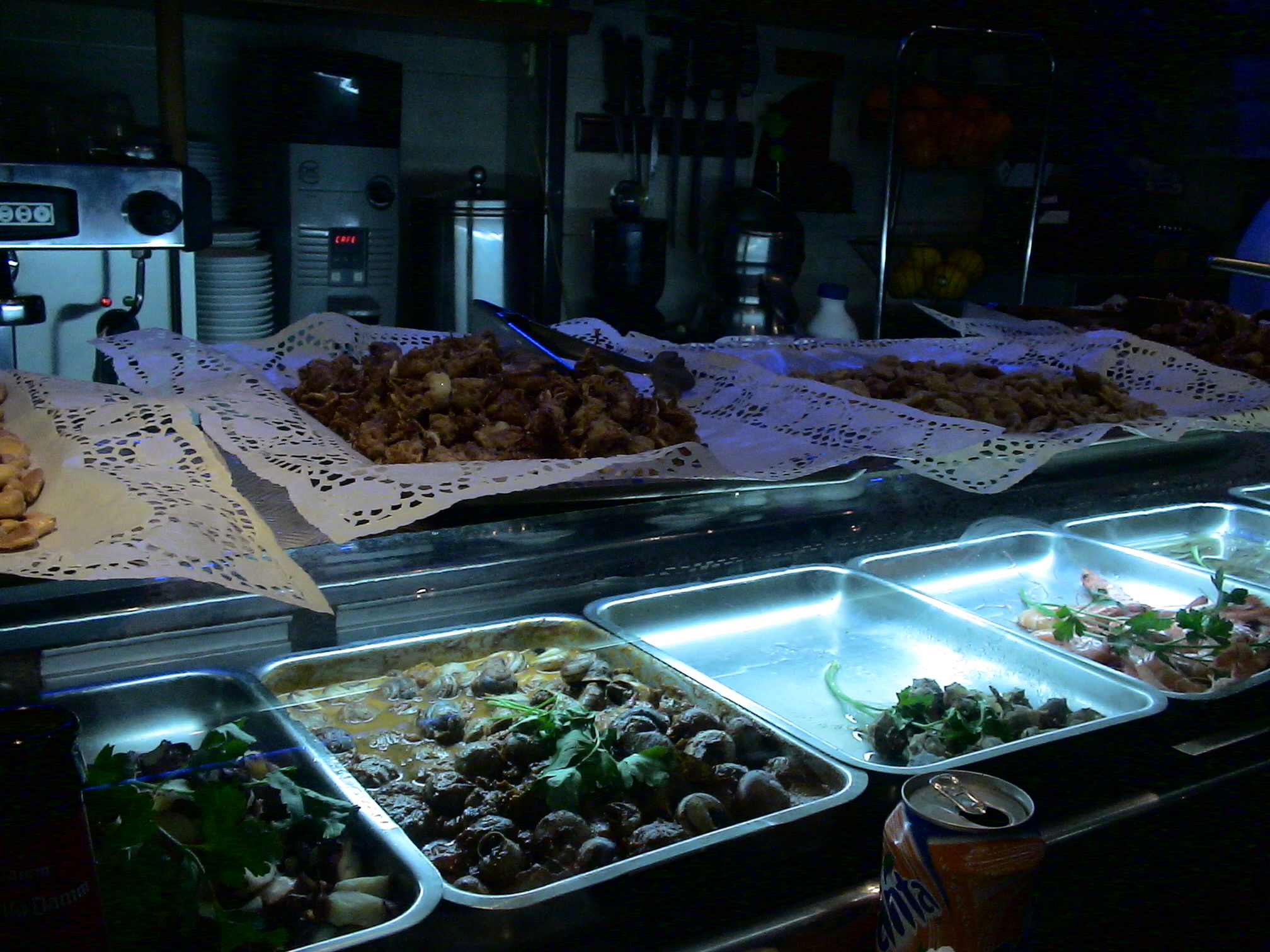
Be the first to comment